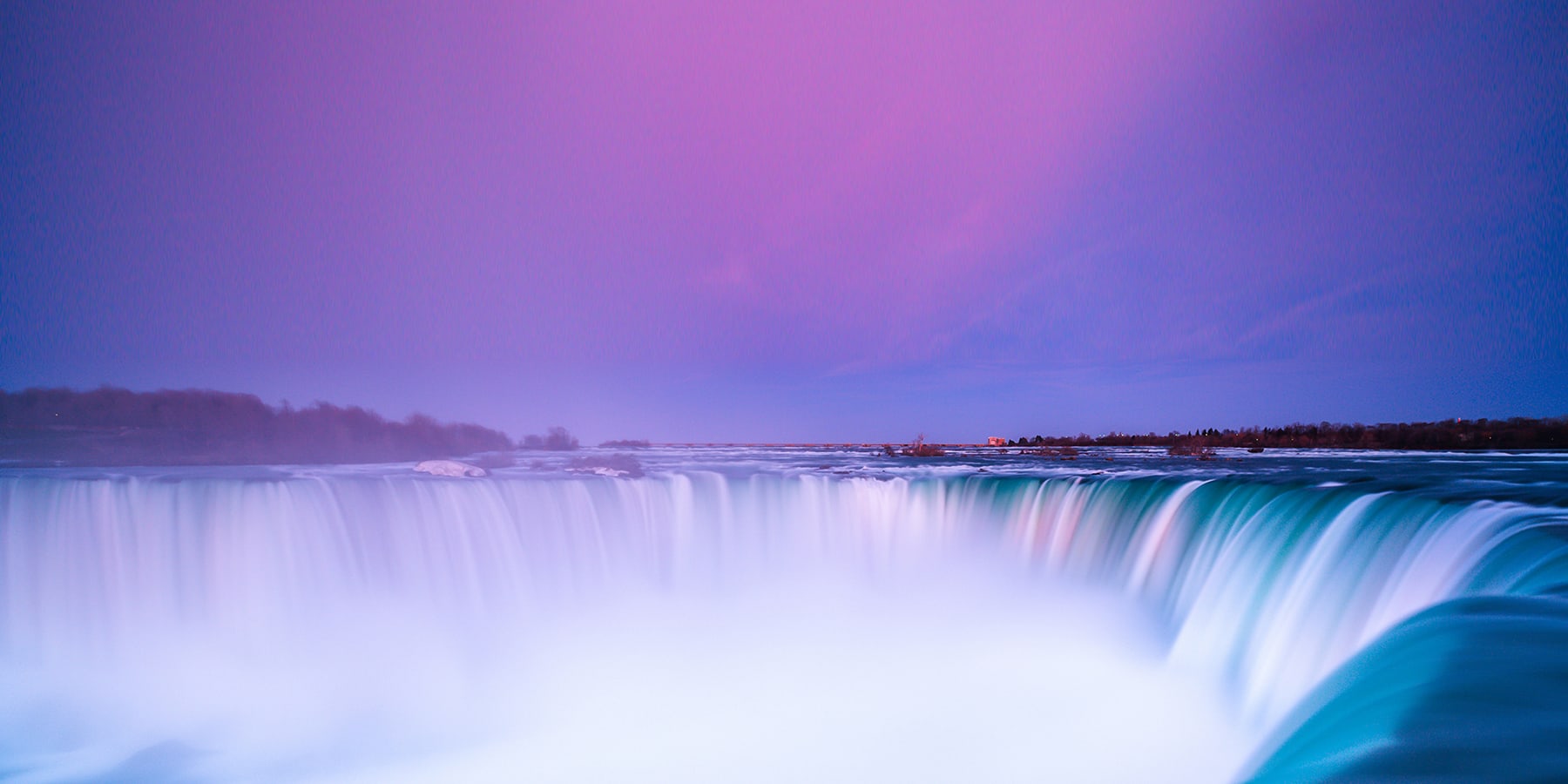A “Significant Weather Event” (SWE) is defined as an approaching or occurring weather hazard with the potential to pose a significant danger to users of the highways within a municipality, as per Regulation 239/02 of the Municipal Act 2001. Weather Hazards are determined by Environment Canada as meeting the criteria for the issuance of an alert under its Public Weather Alerting Program.
This declaration suspends the standard timelines required for municipalities to meet their winter maintenance objectives until the municipality declares the significant weather event has ended. Once an SWE has ended, standard timelines for winter maintenance activities will begin.
The intent of a declaration is to notify the public that due to the current weather conditions, caution is to be exercised when travelling on the City’s streets and sidewalks, and that it may take longer than usual to restore them to the normal condition.
Significant Weather Event definitions:
Blizzard
When winds of 40 km/hr or greater are expected to cause widespread reductions in visibility to 400 metres or less, due to blowing snow, or blowing snow in combination with falling snow, for at least four hours.
Blowing snow
When blowing snow, caused by winds of at least 30 km/hr, is expected to reduce visibility to 800 metres or less for at least three hours.
Extreme cold
Issued when the temperature or wind chill is expected to reach minus 30 C (degrees Celsius) for at least two hours.
Snow fall
When 15 cm or more of snow falls within 12 hours or less.
Snow squall
When, down wind of large bodies of water, like the Great Lakes, snow squalls are imminent or occurring with one or more of the following conditions being produced:
• Localized, intense snowfall producing snowfall amounts of 15 cm or more in 12 hours or less
• Reduced visibility (less than 400 metres) caused by heavy snow with or without blowing snow for three hours or more
Flash freeze
When significant ice is expected to form on roads, sidewalks, or other surfaces over much of a region because of the freezing of residual water from either melted snow, or falling / fallen rain due to a rapid drop in temperature.
Freezing rain
When freezing rain is expected to pose a hazard to transportation or property or when freezing rain is expected for at least two hours.
Freezing drizzle
When a period of freezing drizzle is expected for at least eight hours.
Winter storm
When severe and potentially dangerous winter weather conditions are expected, including:
• A major snowfall (25 cm or more within a 24 hour period)
• A significant snowfall (snowfall warning criteria amounts) combined with other cold weather precipitation types such as: freezing rain, strong winds, blowing snow and / or extreme cold
• Blizzard conditions may be part of an intense winter storm, in which case a blizzard warning is issued instead of a winter storm warning
